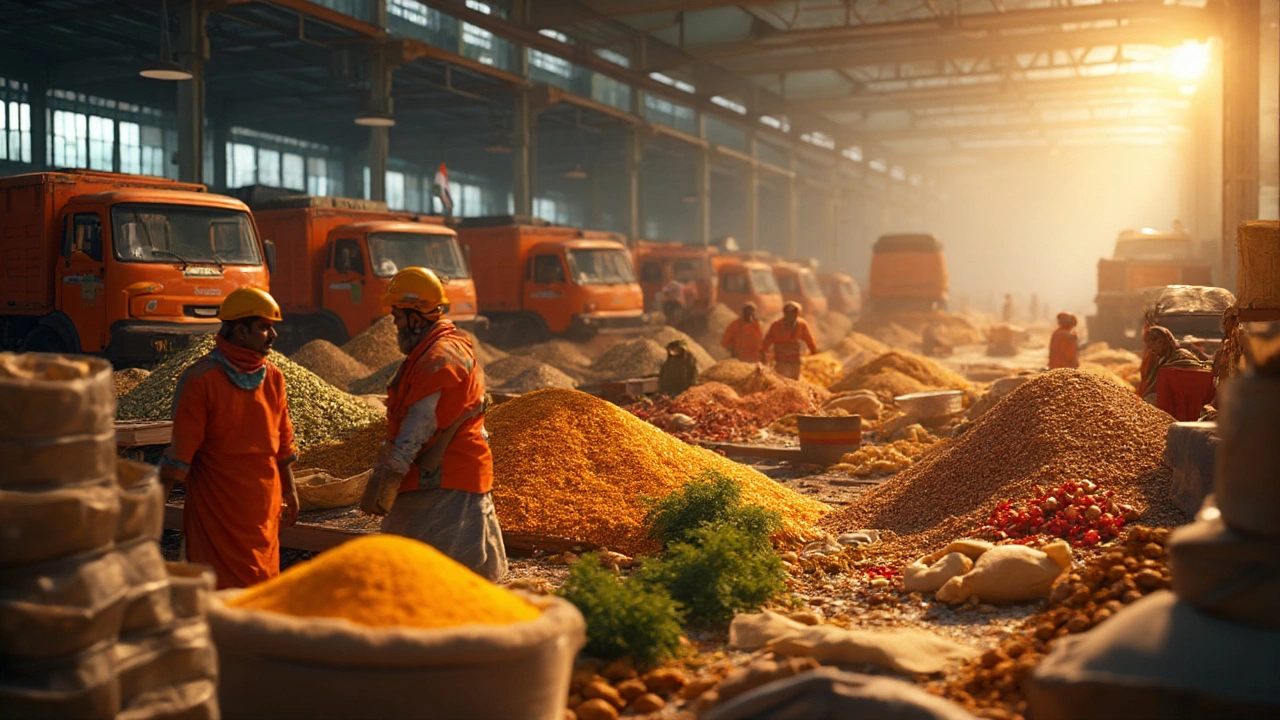Food Processing Sequence: From Raw Materials to Ready‑to‑Eat
Ever wondered how a carrot turns into a frozen veggie pack or how dough becomes a sliced loaf? It’s all about a solid food processing sequence. Knowing the exact steps helps you cut waste, keep quality high, and meet safety rules without guessing.
First off, everything starts with receiving and storage. You need a clean, temperature‑controlled area where raw ingredients stay fresh until you’re ready to work with them. A quick check for damage or contamination saves headaches later.
Key Steps in a Typical Food Processing Line
1. Cleaning and sorting: Wash, peel, or trim raw goods. Modern washers use water jets and brushes that remove soil while preserving texture. Sorting machines separate good pieces from rejects, keeping the line efficient.
2. Size reduction: Cut, slice, grate, or grind to the desired shape. The right cutter speed and blade type prevent overheating, which can affect flavor.
3. Blanching or pre‑cooking: Briefly heat the product to kill enzymes and microbes. This step locks in colour and nutrients, especially for vegetables headed for freezing.
4. Mixing or formulation: Combine ingredients in precise ratios. Automated mixers ensure uniform distribution, whether you’re making sauce, dough, or flavored powders.
5. Cooking or drying: Use ovens, steamers, or dryers to reach the target moisture level. Monitor temperature closely; over‑cooking can waste energy and degrade taste.
6. Cooling: Rapidly bring the product down to safe storage temperature. Shock coolers or forced‑air coolers keep bacterial growth at bay.
7. Packaging: Seal the product in containers that protect against contamination and extend shelf life. Vacuum, modified atmosphere, or simple resealable bags each fit different foods.
8. Labelling and inspection: Add barcodes, nutrition facts, and batch numbers. A final visual and metal detector scan catches any stray pieces before the product leaves the plant.
Choosing the Right Equipment for Your Process
Not every line needs the same machines. Start by mapping out the steps that apply to your product and then match each step with a reliable piece of equipment. Look for easy cleaning (CIP‑ready) and energy‑efficient motors to keep operating costs low.
Modular equipment is a game‑changer. You can rearrange or add stations as your recipe evolves, without a full plant shutdown. Also, consider automation level: a simple timer might work for a small bakery, while a high‑speed conveyor with sensors fits a large snack producer.
Maintenance shouldn’t be an afterthought. Choose machines with accessible parts and clear manuals. Regular checks on belts, blades, and sensors prevent unexpected breakdowns that halt the whole sequence.
Finally, keep your team trained. Even the best equipment fails if operators miss a step or skip a safety check. Short daily huddles to review the sequence keep everyone on the same page.
Understanding and optimizing your food processing sequence turns a chaotic kitchen into a smooth production line. Follow these steps, pick the right tools, and you’ll see less waste, better quality, and happier customers.
